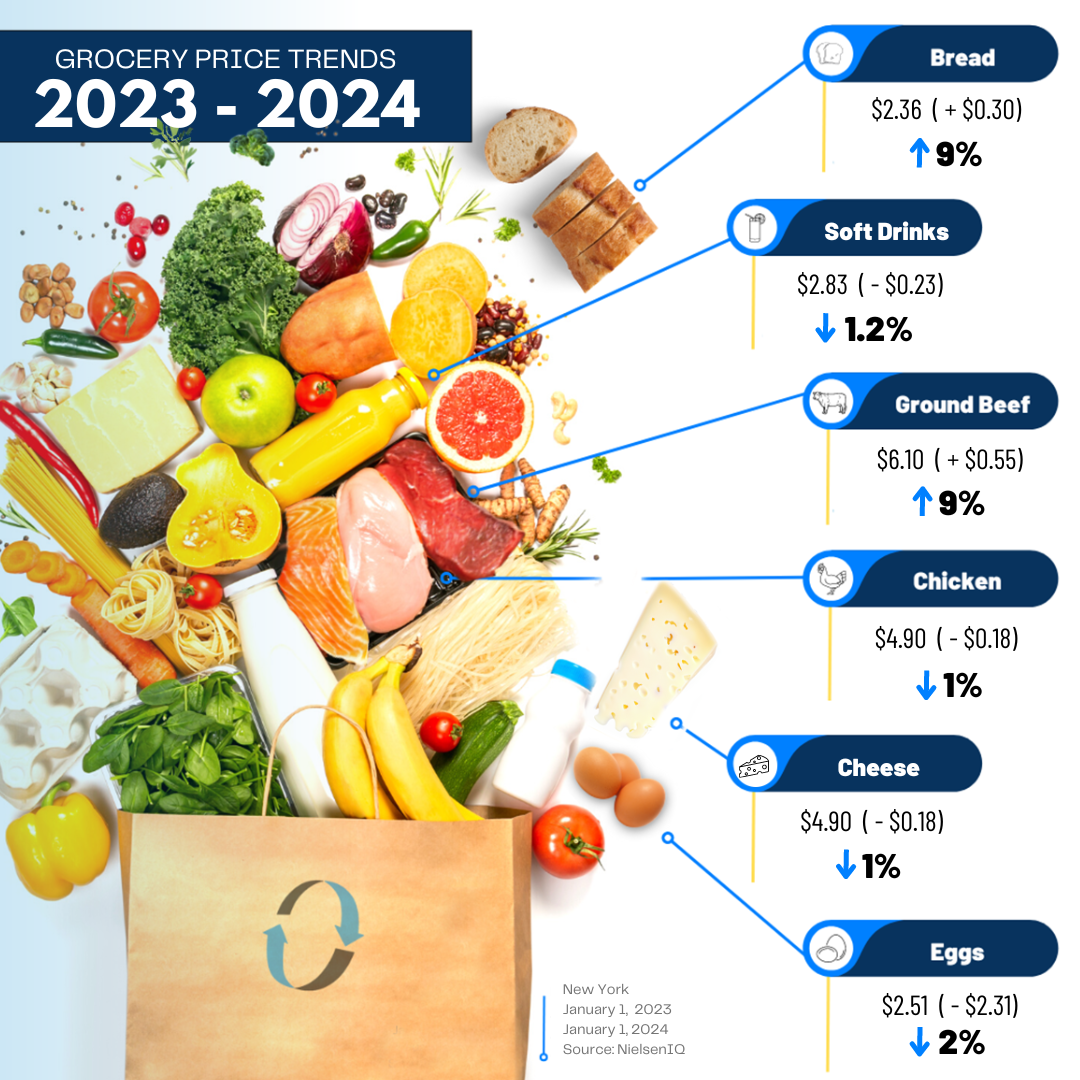
It is no surprise that turkey prices are at historic highs. Just like most other products, there are shortages, delays, and price increases. The rising costs of labor and fuel are at the forefront of consumers’ minds. As the holiday season is in full swing, these price increases are more noticeable than ever as many Americans have their first full family dinners in nearly two years. This year’s Thanksgiving Day dinner will undoubtedly be a literal kitchen table conversation surrounding product shortages and product cost.
Where is turkey coming from?
The National Turkey Federation states that over 88% of Americans will consume turkey on Thanksgiving Day. This equates to over 46 million turkeys expected to be served in the United States. With Minnesota, North Carolina, Arkansas, and Missouri being the top turkey-producing states, many turkeys have a great distance to travel before reaching the dinner table.
Sitting at the dinner table and asking, “where do turkeys come from” is not always the most exciting question to ask, but it does entice an interesting answer from the supply chain and logistics provider perspective.
Fresh or Frozen?
The coordination of getting a turkey from farm to table is not cut and dry. The distribution of turkeys is not linear. After a turkey leaves a farm and distribution center, they might be immediately sent to grocery stores, or they may be held in storage until stores can accept turkeys to sell. The coordination of getting these birds to where they need to be, whether fresh or frozen, is a complicated process, requiring stakeholders to partner and coordinate on a deep level to ensure the delivery of birds to consumers.
Thanksgiving Day dinner has become much more complicated than the holiday dinner of a family only a few decades ago. Fresh turkeys account for only 10% of all turkeys consumed in the United States. Frozen turkeys account for the other 90% of turkeys consumed. In addition to a turkey, families also consume vast amounts of side dishes including canned and fresh items. Looking around a Thanksgiving Day table, the average family has between three and five side dishes. These added items also need to be transported to stores or directly to the consumer.
Who touched my food?
Hundreds of individuals interact with Thanksgiving food products before they reach the dinner table. From farmers to warehouse workers, truck drivers and grocery stockers, to cashiers and more, the human power that it takes to get food on the table is greater than meets the eye.
Farmers, distributors, logistics carriers, retailers, and truck drivers all must work together to ensure the safe delivery of the Thanksgiving dinner staple. While frozen turkeys have a much longer shelf life, fresh turkeys must be transported quickly, as they have a shelf life of only 21 days (about 3 weeks). The coordination of all these stakeholders to deliver the bird to the dinner table is critical.
Turkey Coordination
The planning of delivery begins months before Thanksgiving Day is even a thought in the mind of consumers. Collaboration among supply chain stakeholders ensures that turkeys end up in stores at the ideal time for consumers to buy and prepare for Thanksgiving Day. Transporting fresh and frozen birds can be a daunting task with the strict time constraints of shipping poultry, as well as the imposed holiday time constraints.
The demand of consumers outweighs the number of available fresh turkeys. The demand entices supply chain professionals to find creative solutions to meet consumer demand. Traditionally, fresh turkey was the most common (and most available) choice. Today, frozen turkey is the most widely available turkey choice, with the ability to freeze the bird months in advance and be stored prior to being sent to grocery stores and directly to the consumer.
Sticker Shock
Over the last two holiday seasons, shelves in grocery stores would be found completely empty. As the United States approaches the full swing of the holiday season, stores are experiencing record-high price increases. The cost of goods has increased across the board, with food prices being one of the highest increases. However, just because shelves will be generally well stocked does not mean that there will not be some key products missing.
While there is not a full-blown food shortage, there are some common goods that are experiencing shortages. Items such as butter, beer, pop, mustard, and milk are unable to be fully stocked in many stores. These items are in limited supply due to low milk supplies in the Midwest, sulfur contamination of carbon dioxide, weather, and war are to blame for these common food shortages.
Moving Forward
Soaring prices will continue to be in the forefront for the rest of the holiday season and at least the beginning of 2023. While a food shortage isn’t a large consideration for the season, a labor shortage will certainly impact wait times in stores and for store-made goods such as desserts and breads. With some stores hosting “flashback” sales to previous holiday store prices, this holiday retail season is shaping up to be one of the most interesting years in supply chain and consumerism to date. Talks of rising prices are almost certain to be the centerpiece of conversation at Thanksgiving dinner.

